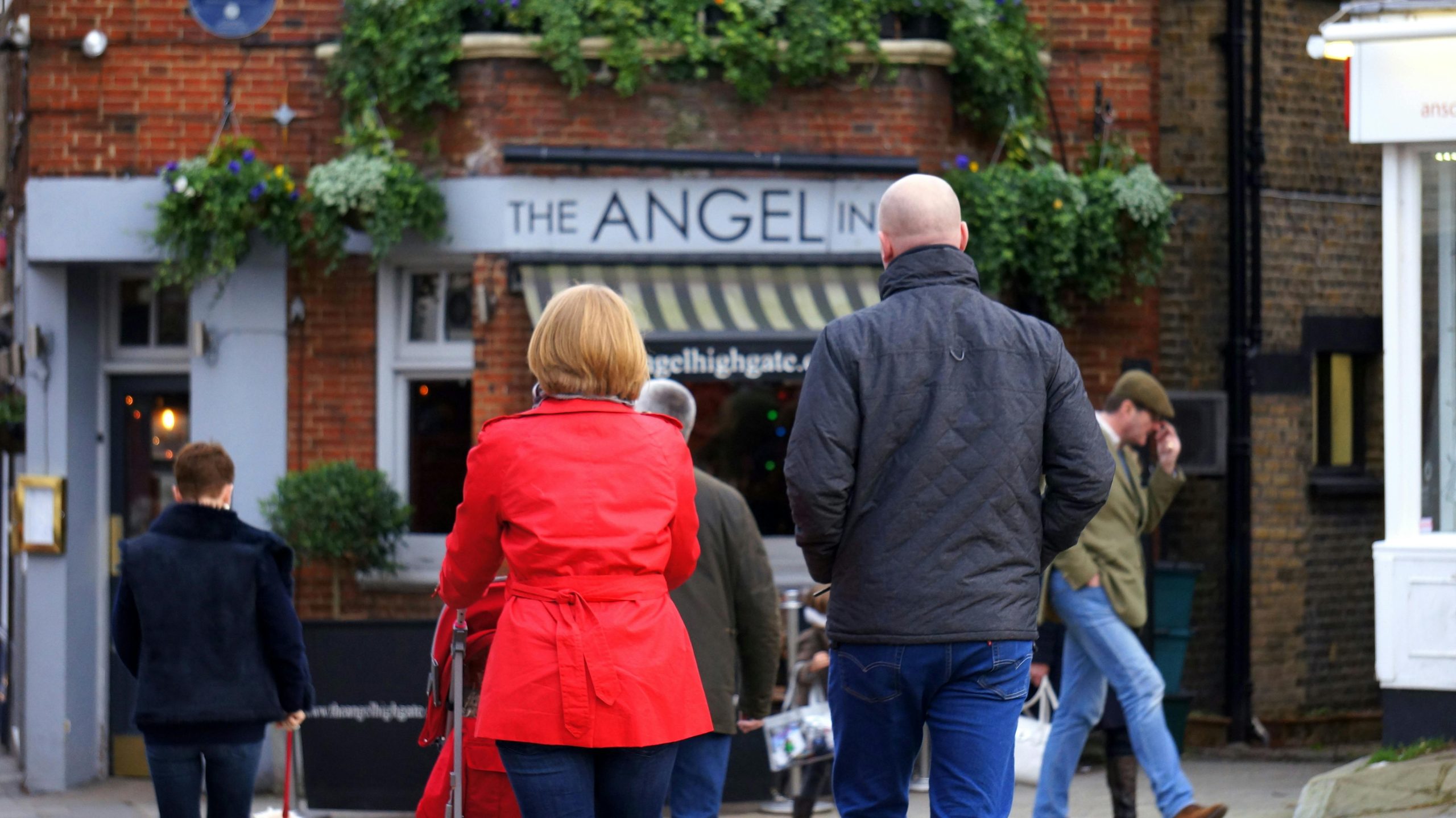The Lost Pubs of London: The Historic Man in the Moon, Chelsea’s Cultural Beacon
London’s vibrant pub scene is steeped in history and folklore, with many venues serving as much more than mere drinking spots. Among these, the Man in the Moon pub at 392 King’s Road, Chelsea, stands out as a noteworthy example of a locale that has witnessed and contributed to the city’s cultural evolution over centuries.
Historical Roots and Architectural Evolution
The building currently occupying the site dates from the mid-to-late 19th century, with its façade bearing the date 1891. However, historical records reveal that a pub bearing the name Man in the Moon existed here well before this era. A newspaper clipping from 1837 references the Man in the Moon Tavern in Chelsea, indicating that the establishment’s origins stretch back into the 18th century, well before the development of the surrounding West End of King’s Road. This longevity underscores its importance as a fixture in Chelsea’s social landscape.
A Cultural Hub Through the Ages
Throughout its history, the Man in the Moon was far more than a typical London pub. Its upstairs space served as a tiny theatre, hosting performances that ranged from local amateur productions to experimental fringe theatre. The basement became a venue for avant-garde performances, fostering new artistic expressions. Notably, during the 1960s, the pub was reputed to have been frequented by Christine Keeler, a figure infamously associated with the Profumo Affair that shook British political and social circles.
By the late 1970s, the venue had transformed into a gritty yet vital epicenter for the burgeoning punk scene. The pub hosted acts such as X-Ray Spex and Adam and the Ants, often performing in a room with no stage, where the raw energy and atmosphere took center stage over polish and production. As Alan Anger, producer of the renowned fanzine Live Wire and contributor to Zigzag, recalled in his 1978 article The Joy of Spex:
“The dive bar was very tiny, without a stage, and the equipment was so shabby that it suited the surroundings. All the same, the place had a certain kind of atmosphere all of its own. The gigs were advertised through photocopied posters in specialist shops like Rough Trade or by word of mouth. Regular support acts included The Unwanted and Adam and the Ants.”
This snapshot captures the essence of a venue that

